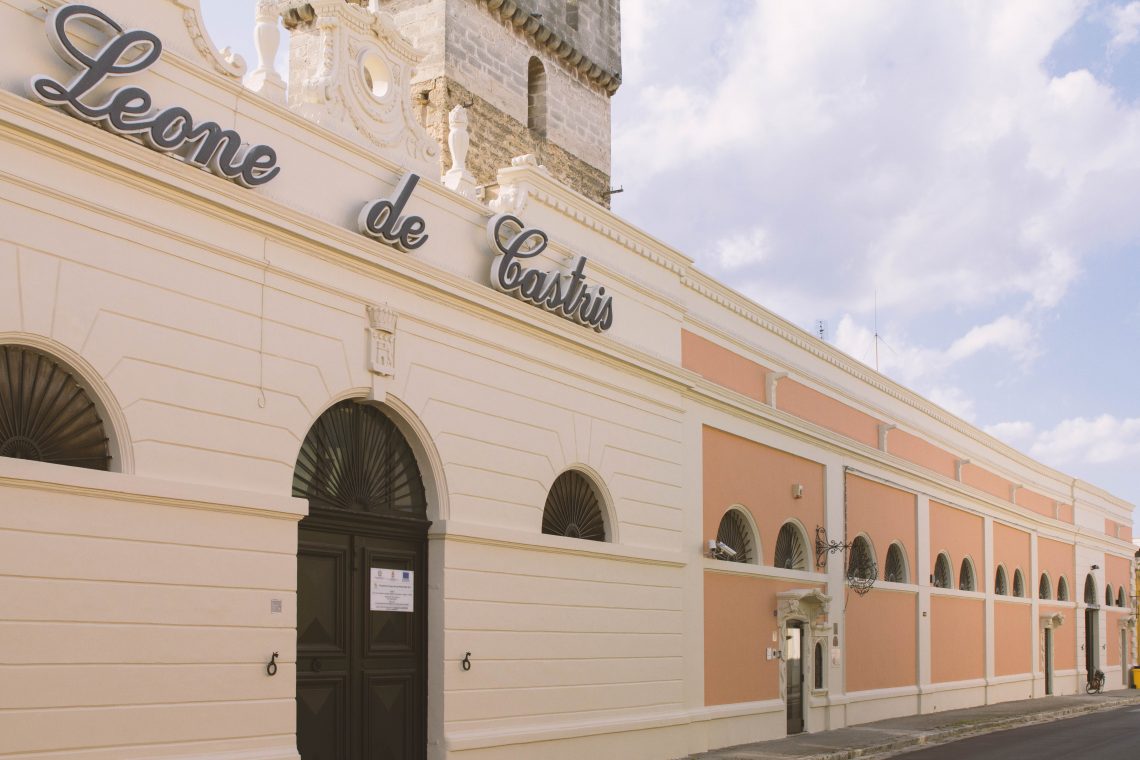The Wolf Post, supported by a Cultural Association, offers a professional service with free access, without subscription.
For this reason, a donation would also be a sign of appreciation for our work.
The history of the Leone De Castris family spans centuries. A history that smells of land, effort, betting and wine. The wine that Leone de Castris has been producing for over 350 years in Puglia, having left an important mark on the Italian wine scene.
It was 1925 when Piero Leone de Castris combined the transformation of the grapes with the bottling. And it was 1943, when Piero created the first Italian rosé, Five Roses.
Piero’s son, Salvatore, contributed to the dissemination of Leone de Castris wines internationally, as well as having the merit of having created Rosso Salice in 1954, with his father Piero, contributing, in 1971, in a decisive way to the birth of the DOC Salice Salentino.
In homage to two such prominent figures, the grandson and son Piernicola has set up, within the company, a wine museum that is not just a family story but a piece of Italian culture, as explained by Piernicola Leone de Castris.
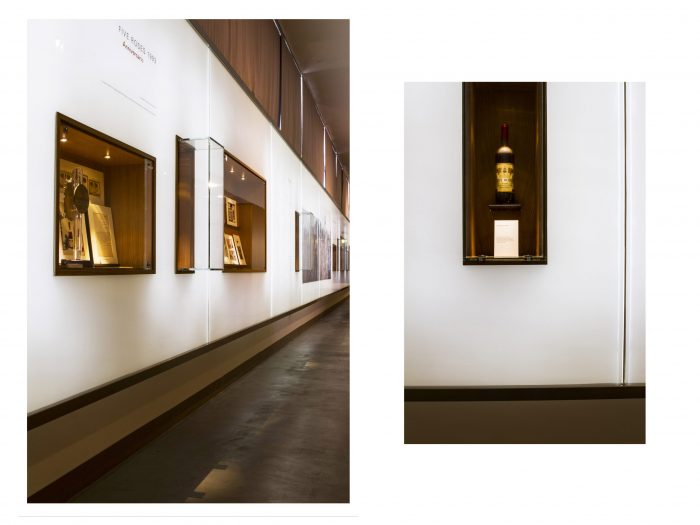
©Leone De Castris
When was the Museum born and what family story does it tell?
The ‘Piero and Salvatore Leone de Castris’ Wine Museum was inaugurated in 2009 and tells the story of the Leone de Castris family and that of wine in Salento. The Museum is dedicated by his nephew and son Piernicola to the memory of two pioneers of Apulian viticulture.
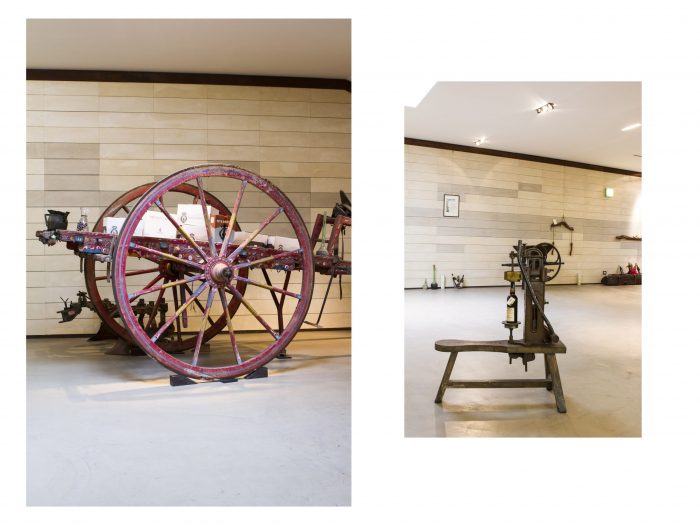
©Leone De Castris
What are the main valuable objects present, useful for reconstructing the historical-cultural path of the company?
At the ‘Piero e Salvatore Leone de Castris’ wine museum you can visit the showcases that tell the story of the family and also hold the first bottle of 1925 and the first bottle of beer in which the first rosé in Italy was bottled, the Five Roses, with the 1943 harvest. There are, then, many tools that in the past were used for the production of wine, such as presses, pumps, a Salento cart and a wooden corker from the early 19th century.
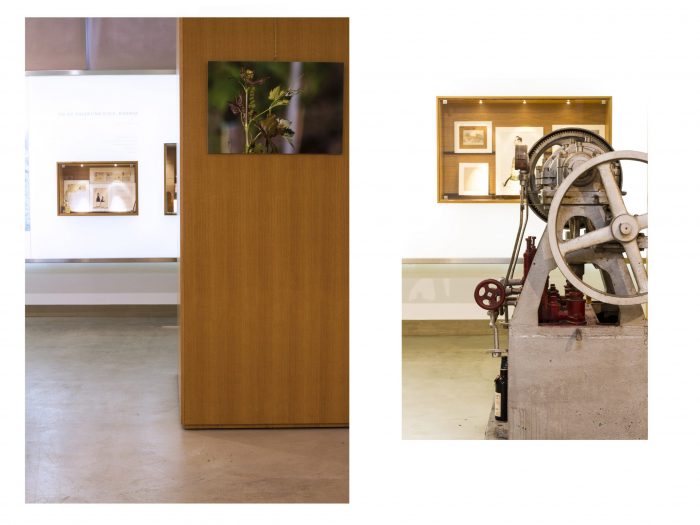
©Leone De Castris
How is the visit to the museum organized?
Follow the path of the historical notice boards and illustrate the history of the winery and that of wine in Puglia.
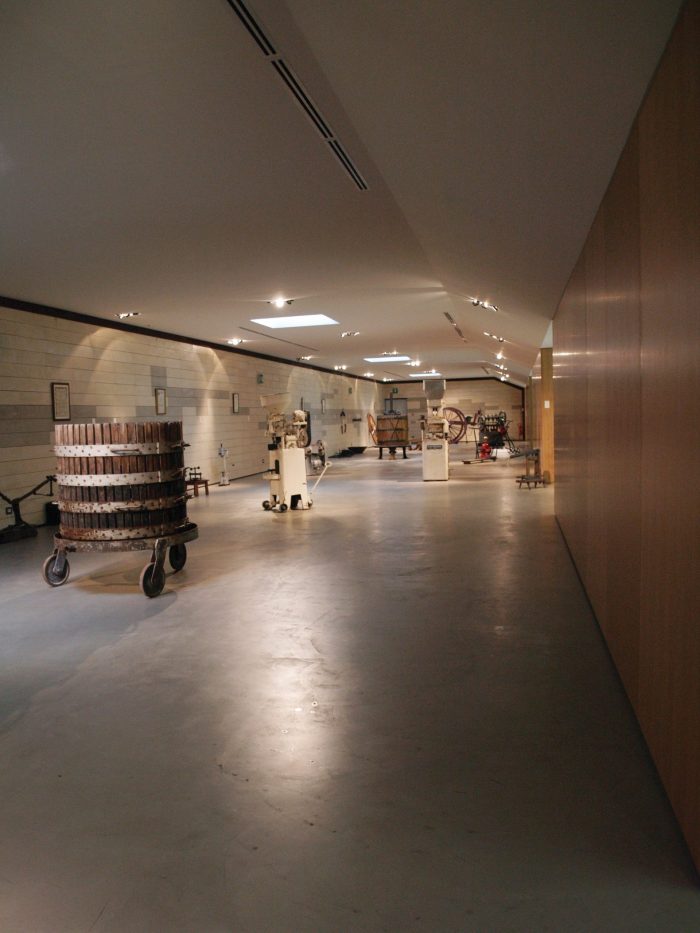
©Leone De Castris
Which type of visitor prevails in general (excluding the period): local tourism, international, school groups?
International tourism certainly prevails.
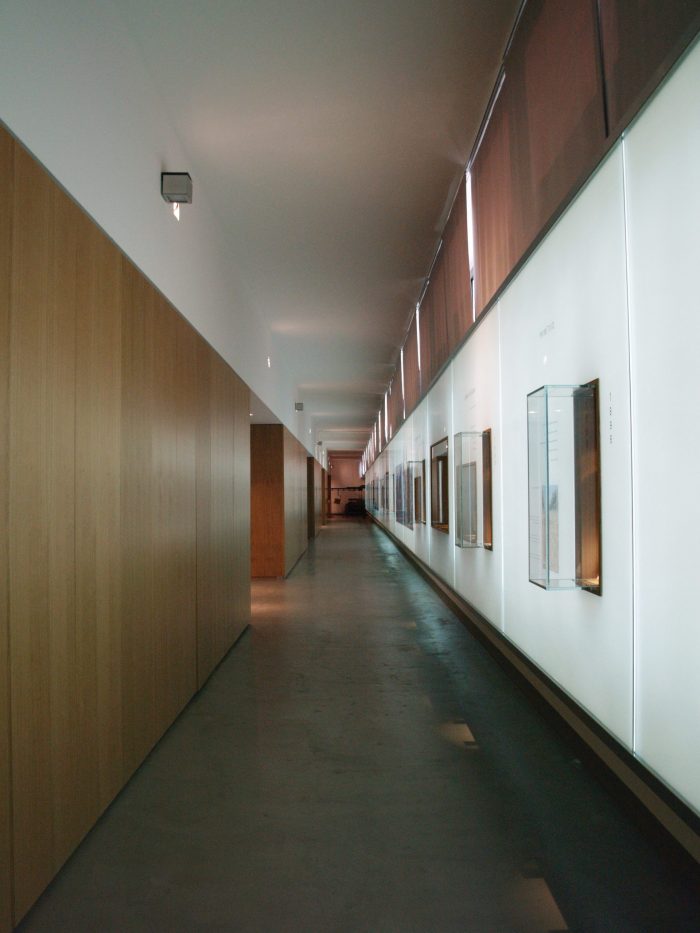
©Leone De Castris
What role do private museums such as the Leone de Castris wine museum play in the dissemination of wine culture, especially among the new generations?
Through the free visits that we carry out for schools we spread the history of the territory and the wine culture. Young people are always very interested, as they talk about something that is close to them and that is part of the territory in which they live. Often their grandparents themselves have spoken to them about the wine making process even at home, as wine is part of the cultural history of Salento.
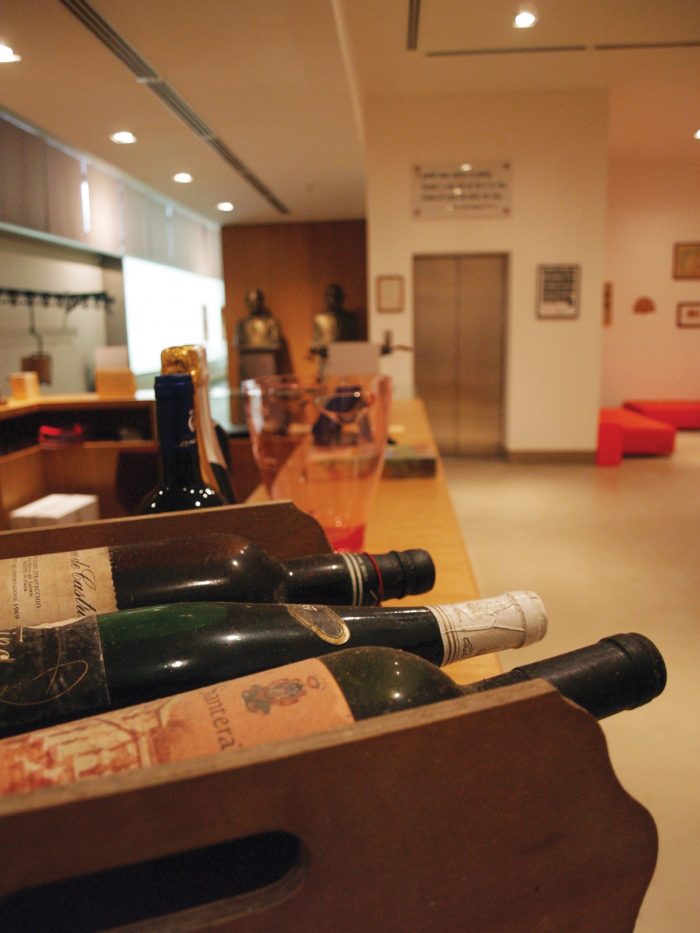
©Leone De Castris
What are the key elements that characterize your company philosophy that you also wanted to propose within the museum?
Always focus on native vines and tradition to innovate always keeping in mind the past and the strong link with the territory.


